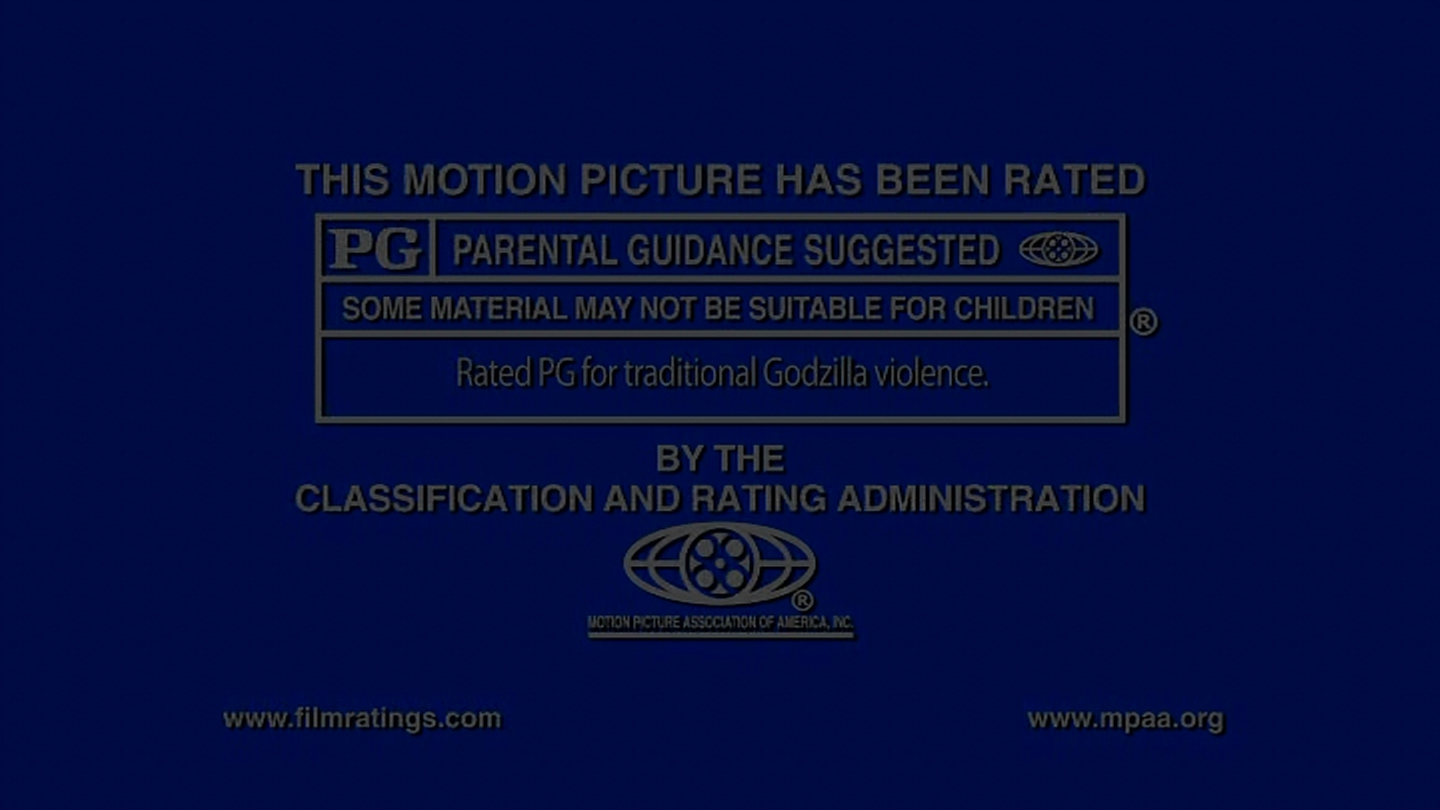
When Godzilla vs Biollante appeared in 1989, there is a brief remember when sequence, so the viewer can ermember whan happened in the previous film, since the two are closely connected. Mostly, this consists of special effects shots of Godzilla and the Super X.
That said, this film stands quite apart from the Showa era films, and Ishiro Honda's idealism. Honda, a survivor of World War Two, saw science as the potential savior of humanity, and that an unspoken international brotherhood exised between all scientists. Nationalism was an ill concept in a country that had lost a war at great cost. The script, a contest winner heavily revised by director Kazuki Ohmori, shows both patriotism and a morally grey approach to science. This change of perspective reflects the times in which the film and script were created. As with the next film, Godzilla vs King Ghidorah, non-Japanese characters are always self-interested, if not outright evil, and Japan develops the military might to not just slow Godzilla down, but appears to have a shot at taking the Big Guy down.
After the introduction, we watch the clean-up of Japan in the wake of Godzilla's 1984 attack. In the clean-up, some of Godzilla's cells are recovered. The discoverers are gunned down by Australians, or possibly Americans who are after the same thing. After a chase, these men are gunned down by the Agent, a superspy who will be intimately involved in the rest of the film. An agent for the middle-eastern country of Saradia, his presence and actions lend a James Bond feel to the film. And where Godzilla has followed James Bond before, in Godzilla vs Mechagodzilla, the conflict here is more grim, and there are a lot more bodies.
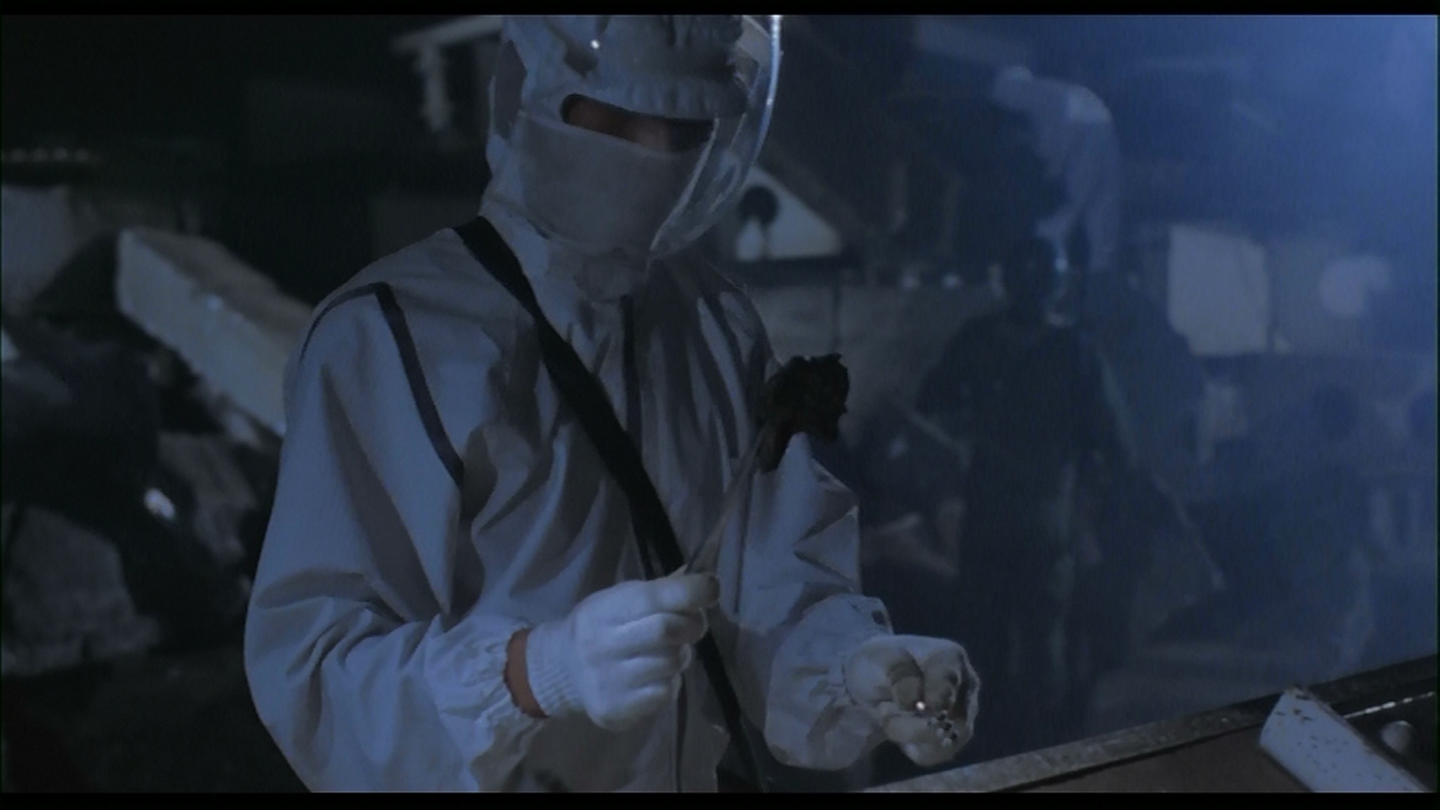
Saradia is where the requisite scientist, Dr. Shiragami, works, and his daughter is in the lab when it is blown up, later revealed thew actions of the American company BioMajor, which plans to monopolize genetic research. This gives Shiragami the impetus to retuern to Japan, and his grief leads him to include his daughter's remains in his genetic engineering experiments, mingling her, in some off-screen way, with her beloved roses. The film also introduces us to Miki Sagusa, who will be a series regular through Godzilla vs Destroyah. As a psychic, her role varies greatly, but she is most demonstrably useful here. Importantly, she is a woman present on her own merits. She is not someone's daughter or girlfriend.
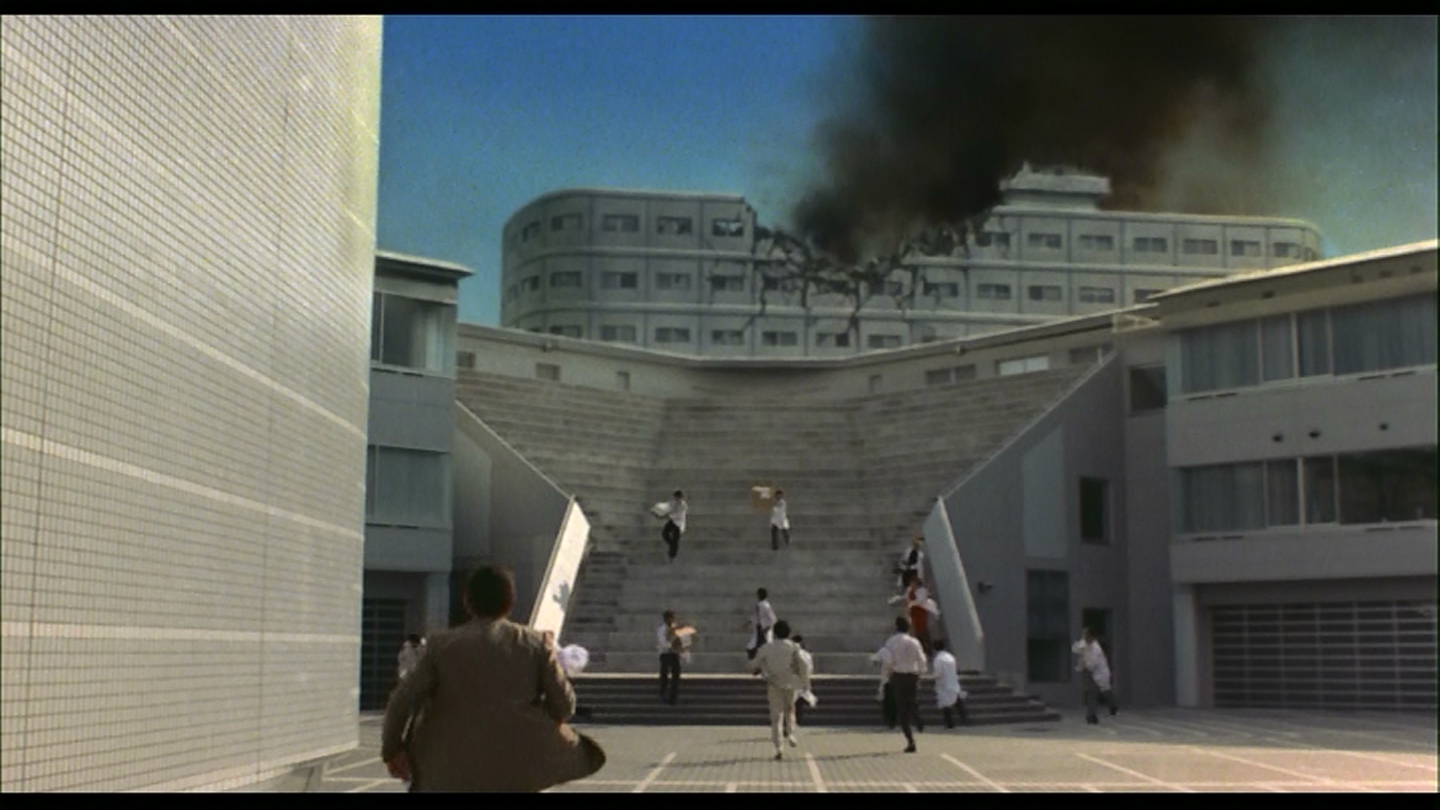
And although the tone of the film is usually grim, there are touches of subtle humor. Research Scientist Kirishima and his girlfrind Asuka discuss their future in the Godzilla Memorial Lounge, which has a skylight the shape of Godzilla's footprint, apparently inflicted during the 1984 rampage. It even has a cute logo.
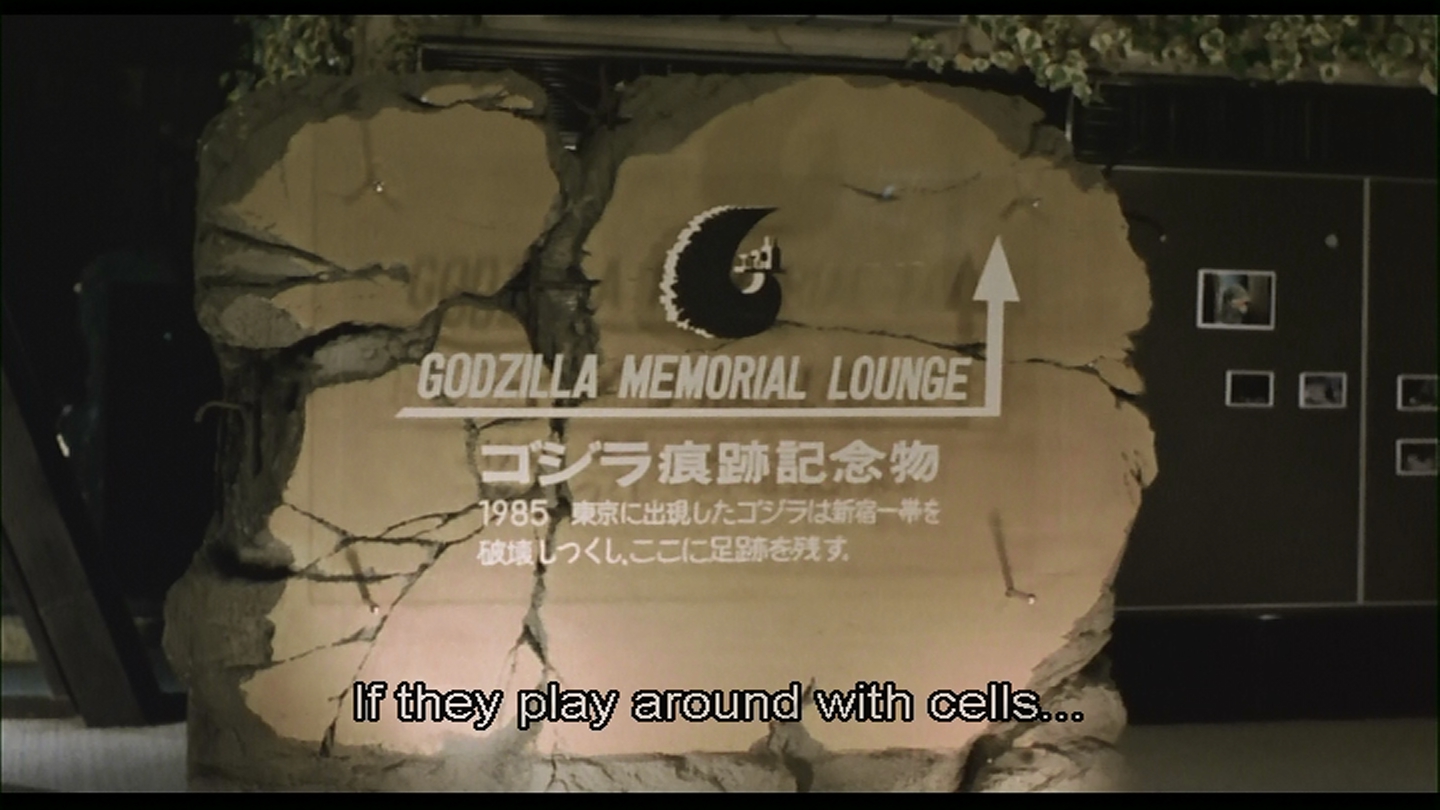
There's a beautiful and sinister reveal when a classtroom of psychic children reveal their drawings of a future to come, and all of them show a crayon drawing of Godzilla. Cue Ishiro Honda's ominous Godzilla march. It's interesting to note that several of the drawings are green, which Godzilla hadn't been at that time, except in American promotional materials.
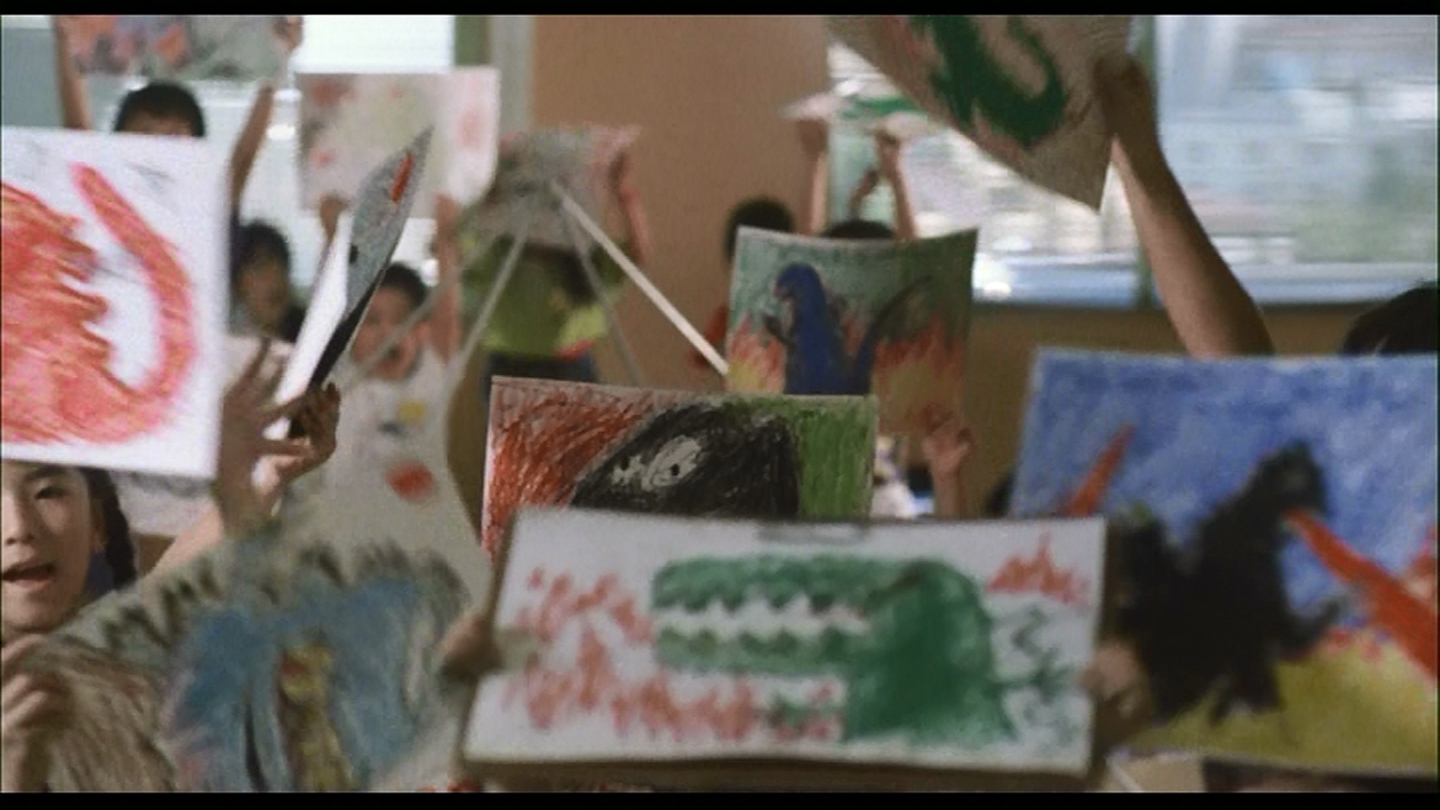
Japan has set up its first (of many) dedicated anti-Godzilla forces. Lt. Gondo is in charge, a bluff military guy who whishes, early on in the fil, that Godzilla would show up just so he will have something to do.
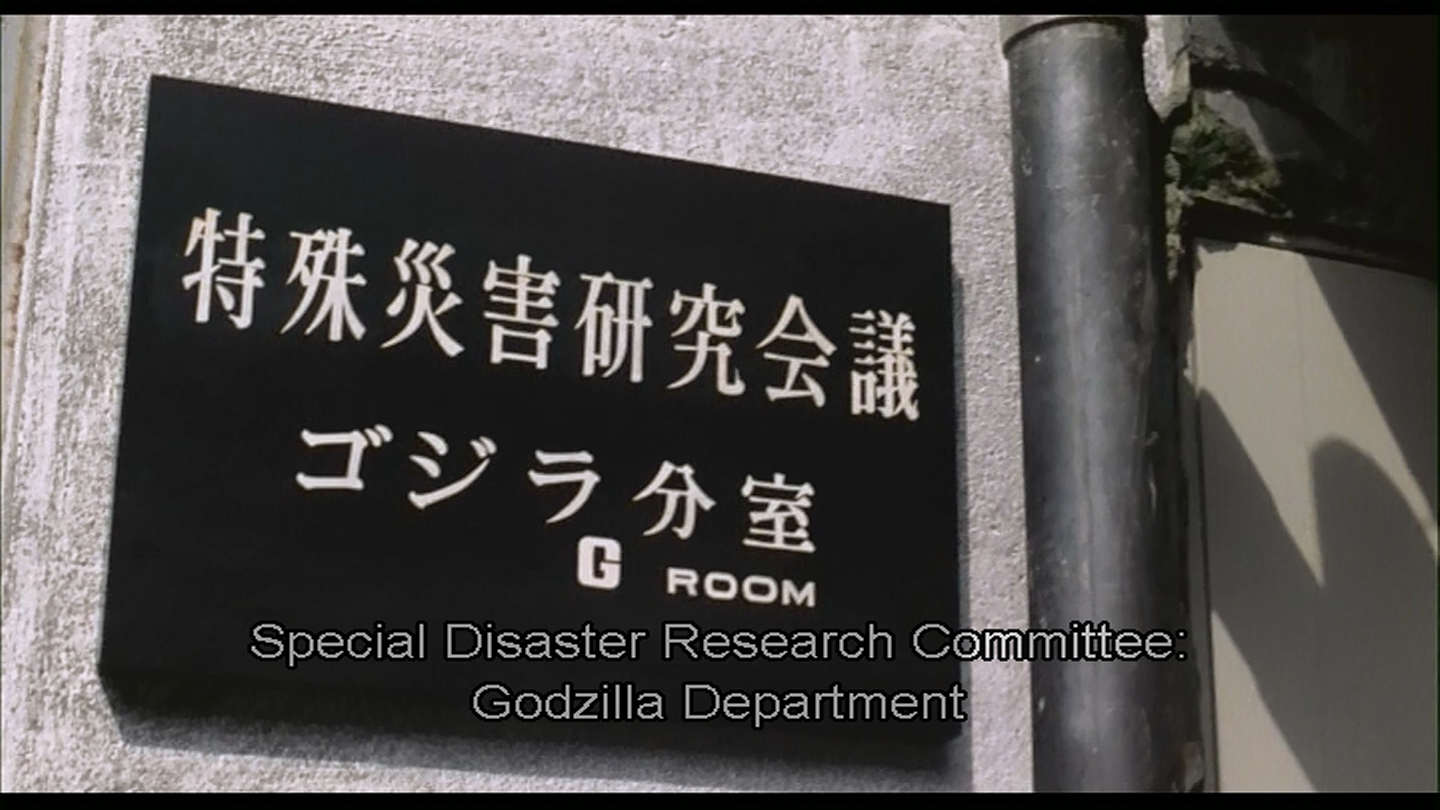
The MacGuffin of the film is the Anti-Nuclear Bacteria, which consumes nuclear material. As with the previous film, Godilla is known to consume nuclear material, an attribute passed onto the MUTOs in the 2014 film. The American corporation is trying to get their hands on it, and the Agent is keeping them from doing so. because the bacteria have to be incubated in Godzilla's cells, this is the first film in the narrative trend that posits that the only thing that might be able to defeat Godzilla is another form of Godzilla. This film doubles down on the idea, as Biollante and the bacteria are made from G cells.
The Super X has been refitted, and nowe has a mirror, made of diamonds, to reflect Godzilla's heat ray. This is a more scienc-y version of King Seesar's energy-reflecting ability, again from Godzilla vs Mechagodzilla. Unlike the previous Super X, Super X-2 is an unmanned drone.
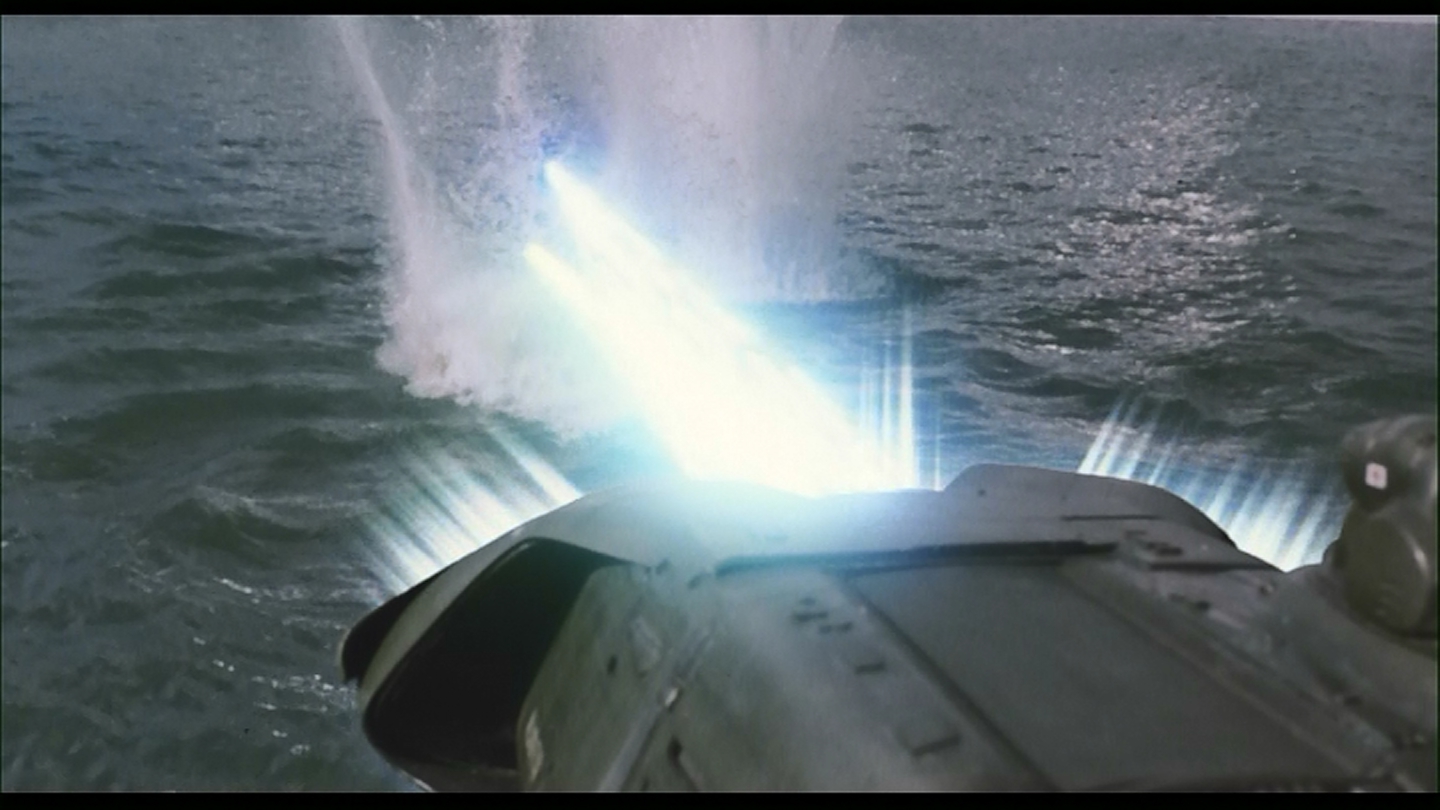
Like Hedorah, Biollante changes form. It begins as a gigantic rose, reminiscent of a triffid. The details are intriguing. Initially, it is rooted in a lake, its rose-petal head has a center of sharp teeth. It has its own breath weapon, an acidic spraty, again similar to Hedorah's.
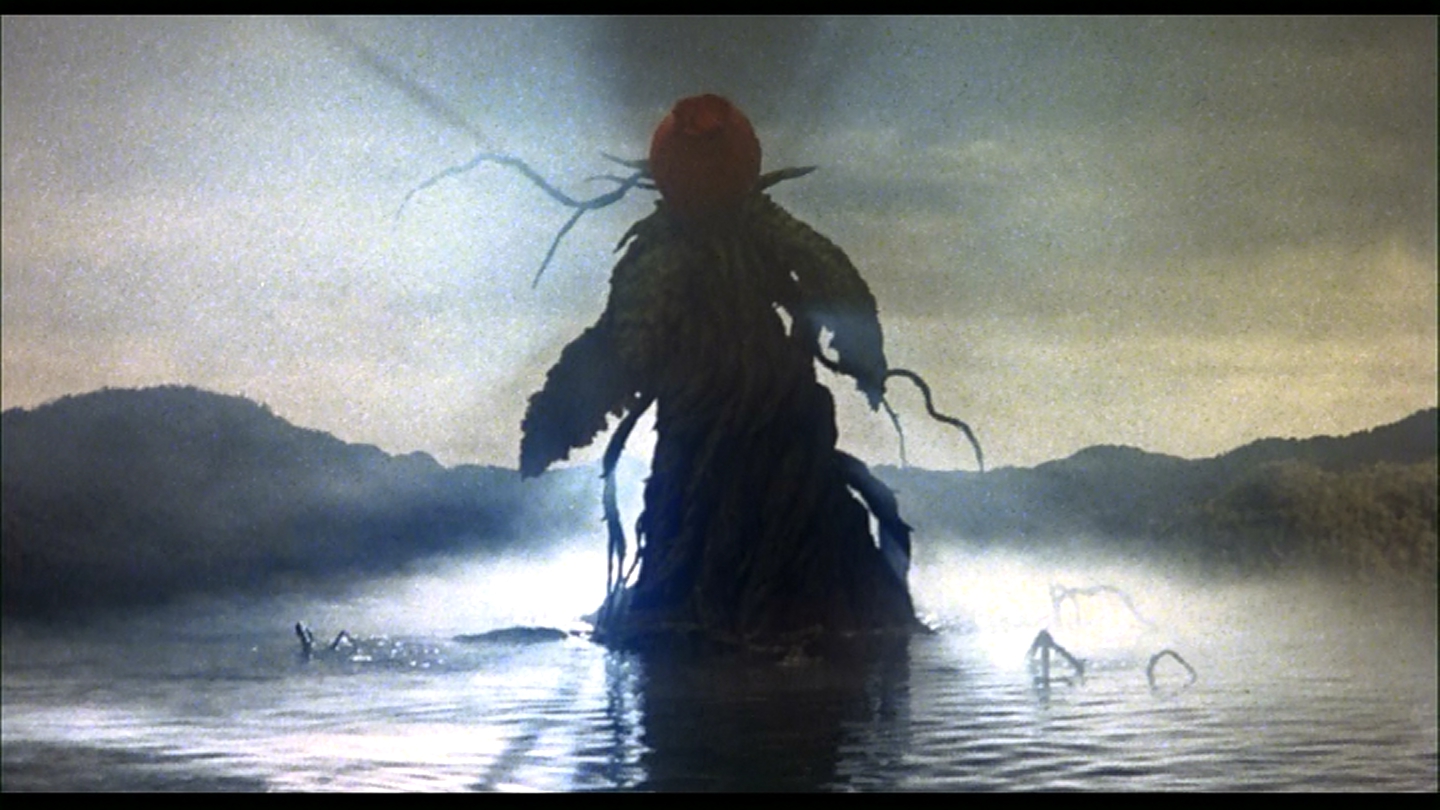
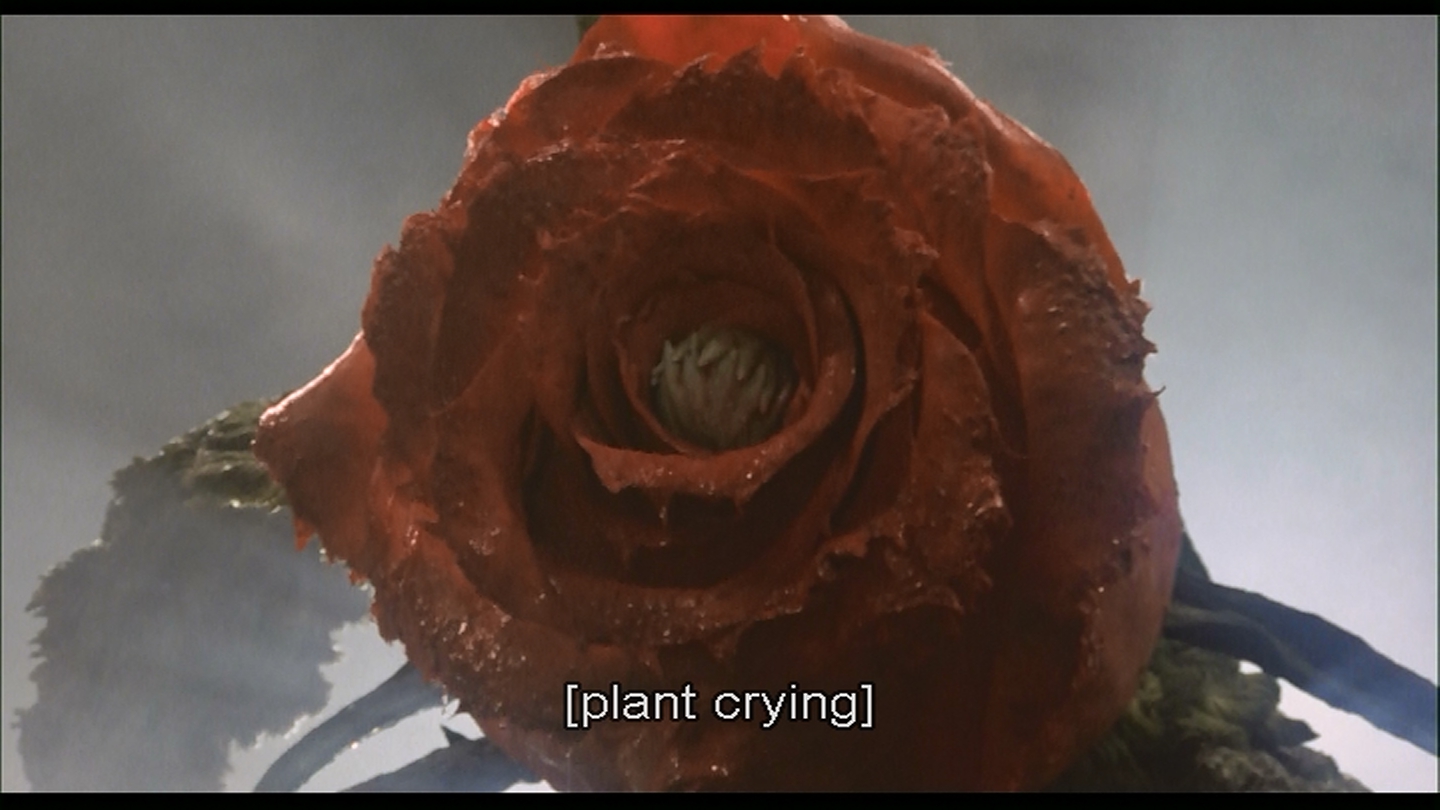
Forty minutes into the film, Godzilla emerges from Mount Mihara, where he fell four years ago. The suit is very good, one of my favorites. This is also the first to have practical lights in the spines.
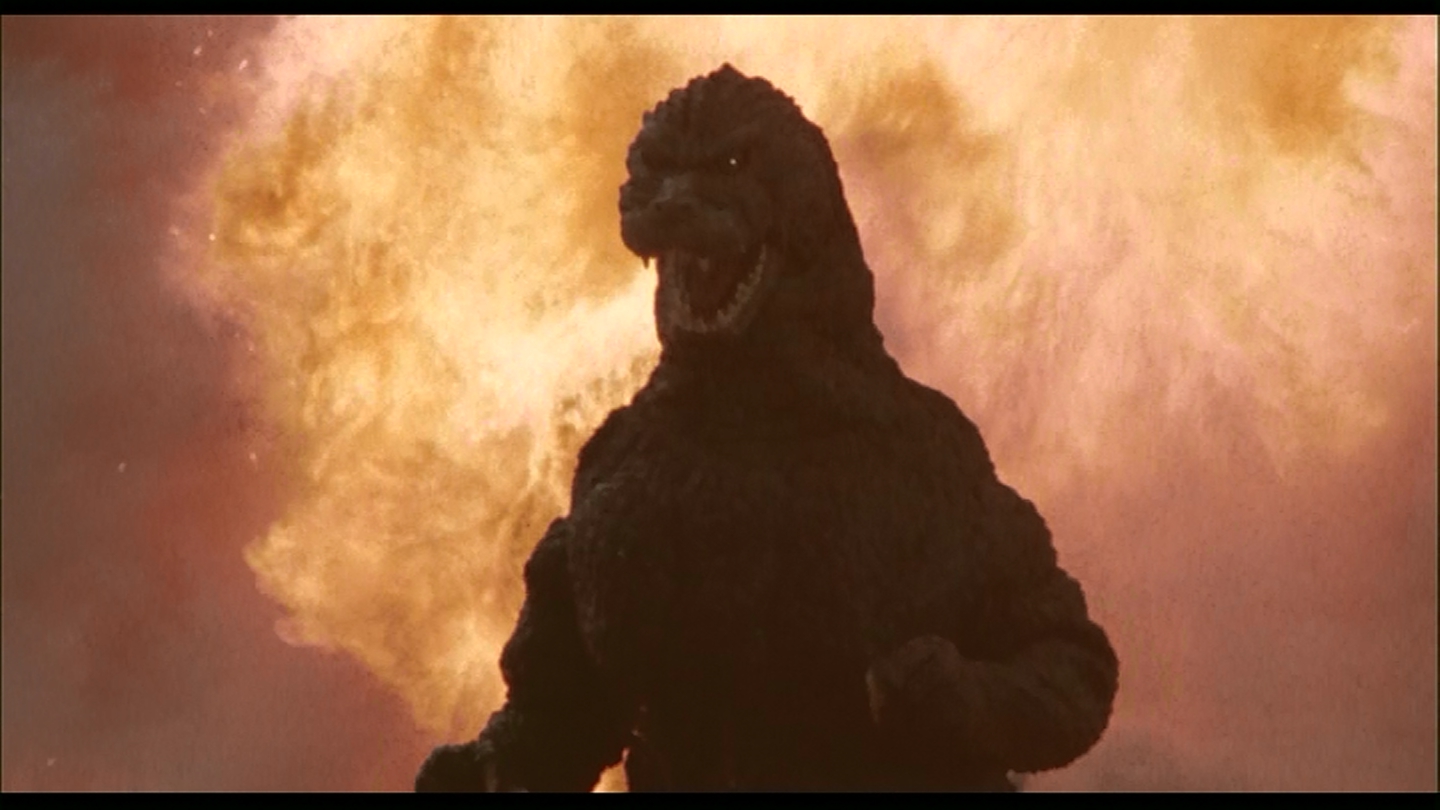
As in The Return of Godzilla, the confrontation with the Super X-2 actually manages to fend Godzilla off, rather than just slow him down while providing a show. We hear nothing about the cadmium missiles which were so effective four years ago, unfortuantely. And while Super X-2 manages to reflect a lot of Godzilla's heat ray, the miror develops a fault after taking a lot of abuse from Godzilla.
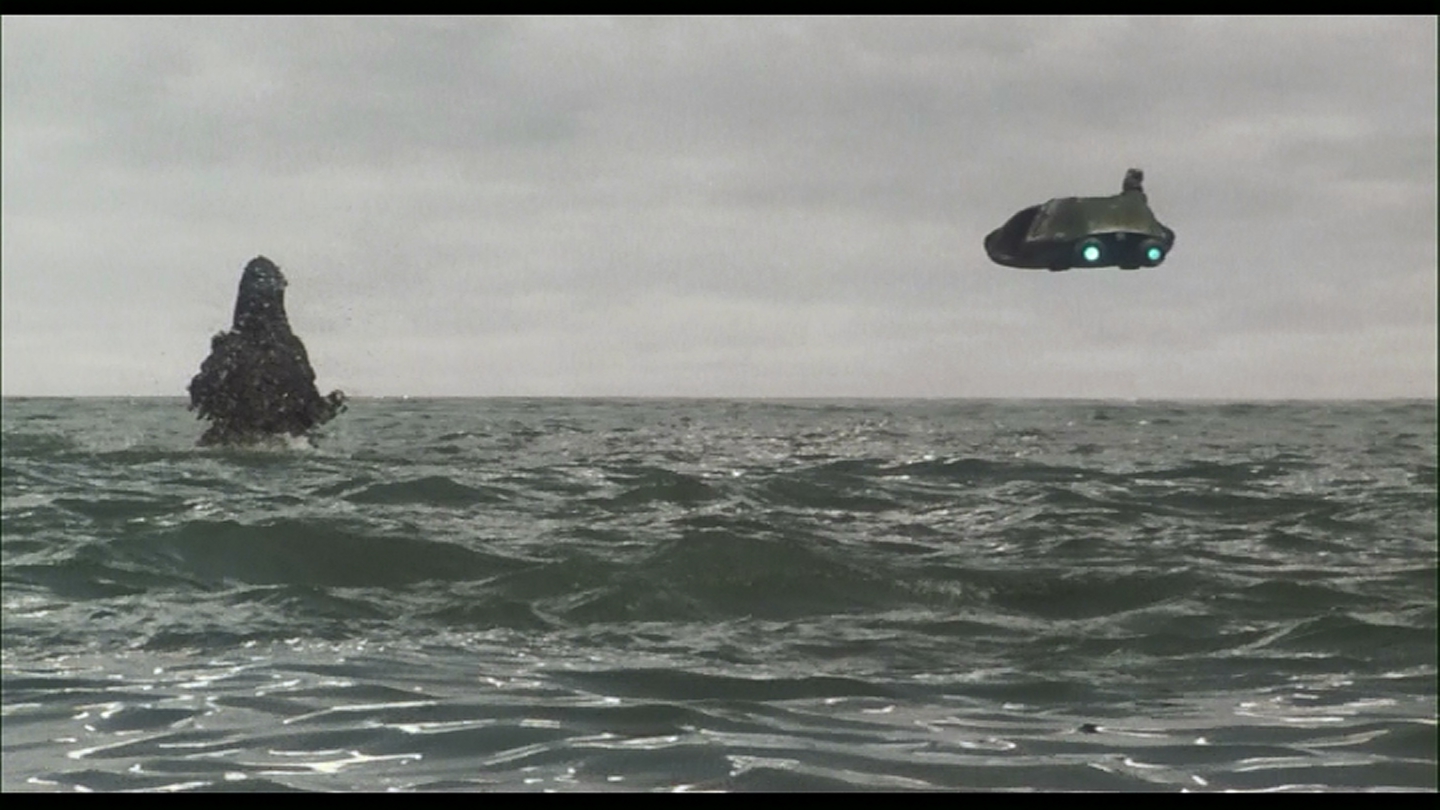
The military has a very differnt bearing, here. They make mistakes, they are presetned with setbacks, but they contonually reorganize, replan, and re-engage. In one embarassing error, the anti-Godzilla forces mass at Ise Bay, only to discover that Godzilla has emerged at Osaka Bay. Psychic Miki Sagusa is deployed, and manages to deflect Godzilla for a little while. Godzilla then stomps his way through Osaka. This is a stark contrast to the are way the military is portrayed in Godzilla vs Hedorah.
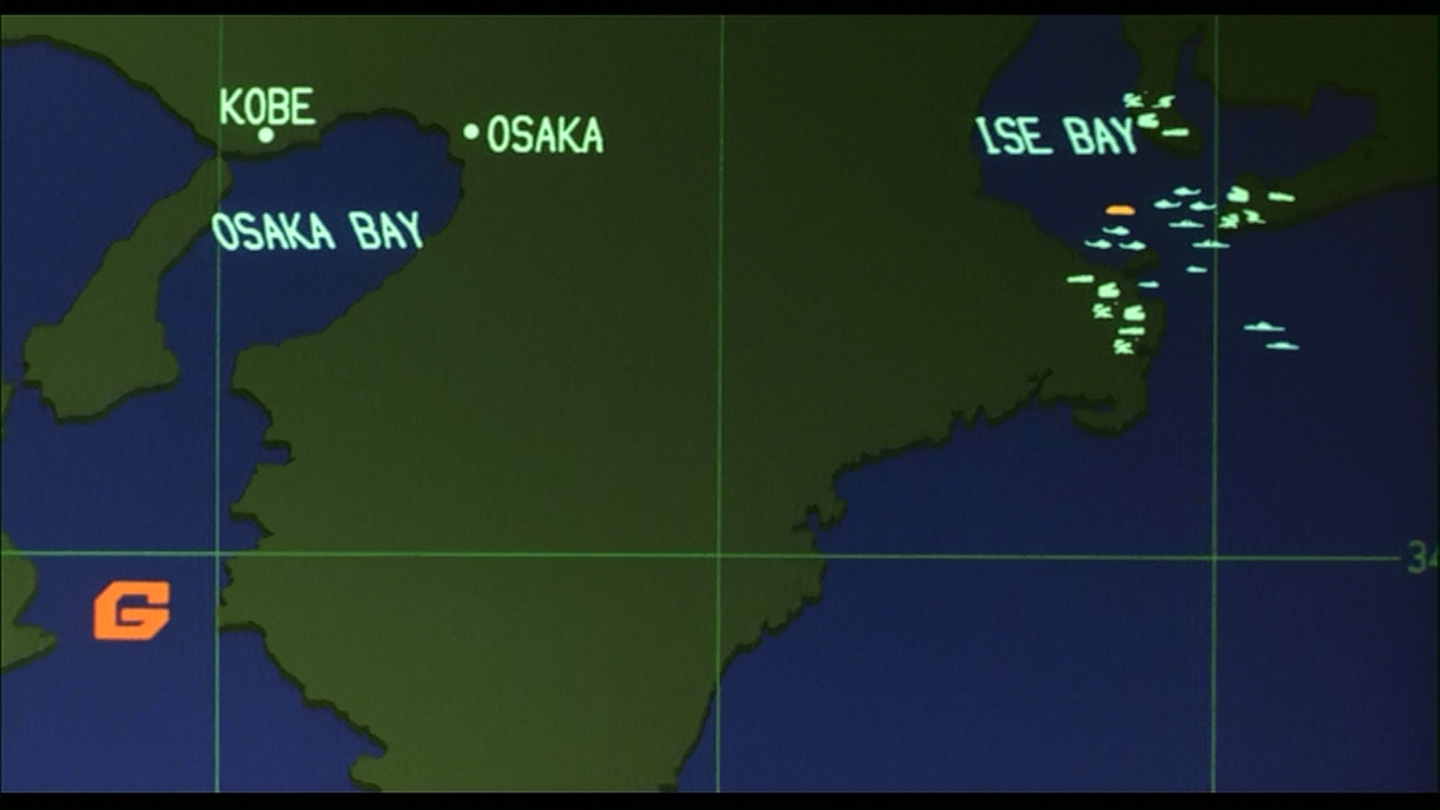
In the absence of the main military force, Super X-2 must engage Godzilla while five men with anti-nuclear bacteria set up. This does not go well for Super X-2, which cannot stand up to the repeated punishment of Godzilla's heat ray. So while the military can go toe-to-toe with Godzilla now, they cannot do so in a sustained fight. Yet.
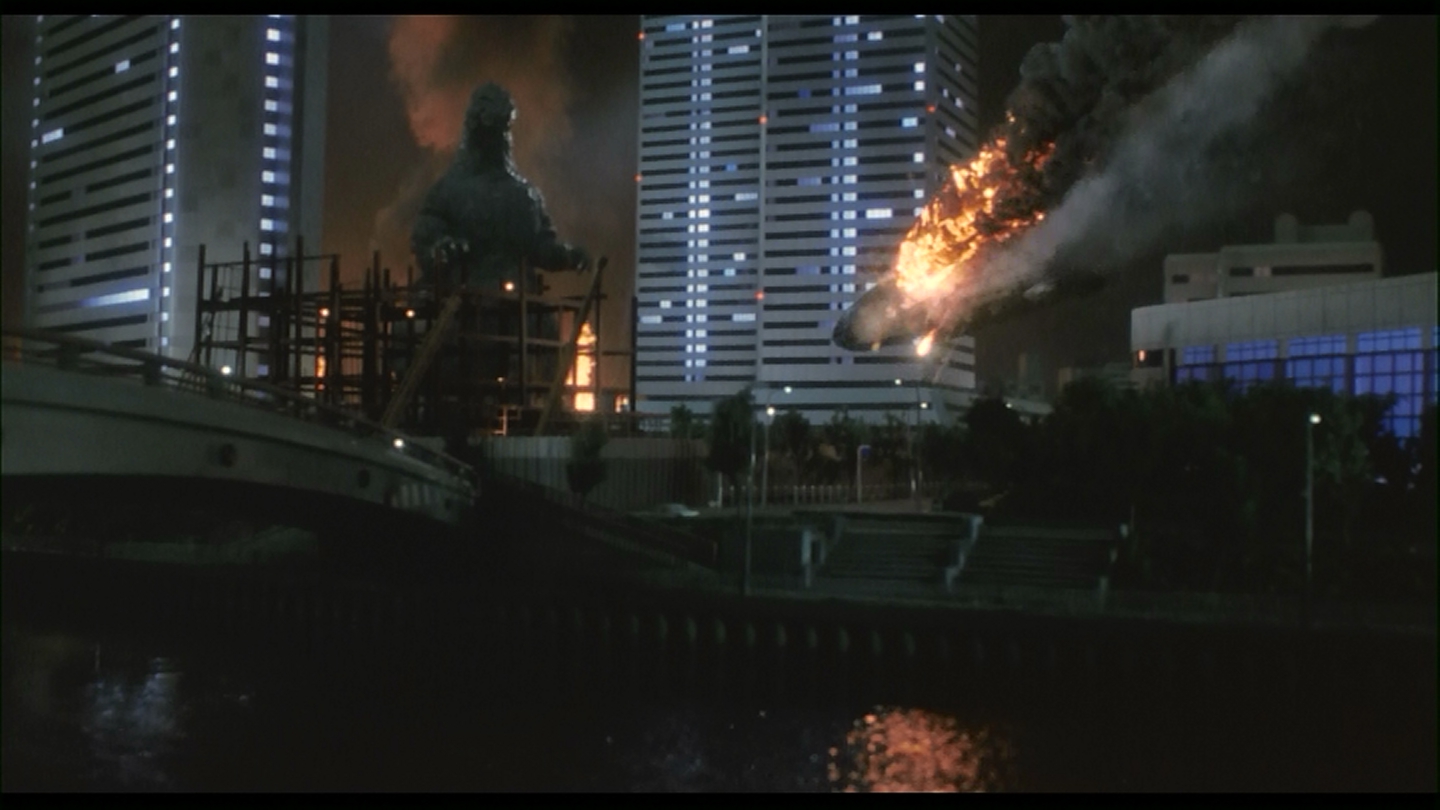
But the soldiers to manage to get some of the bacteria into Godzilla. It doesn't work as well as expected, because of Godzilla's low body temperature. Like all effective anti-Godzilla measures, this is never brought up in another film. The military is forced to bring another experiemental project, the Thunder Control System, into play. Lightning strikes, they reasonm, will bring up Godzilla's temperature. Lightning has been used on Godzilla before, to wake him up in Ebirah, Horror of the Deep, and to power him up in Godzilla vs Mechagodzilla. It revived him in The Return of Godzilla. Now it will heat him up. Masder tanks also return, a welcome callback after the more unsatisfying laser tanks from Return of Godzilla.
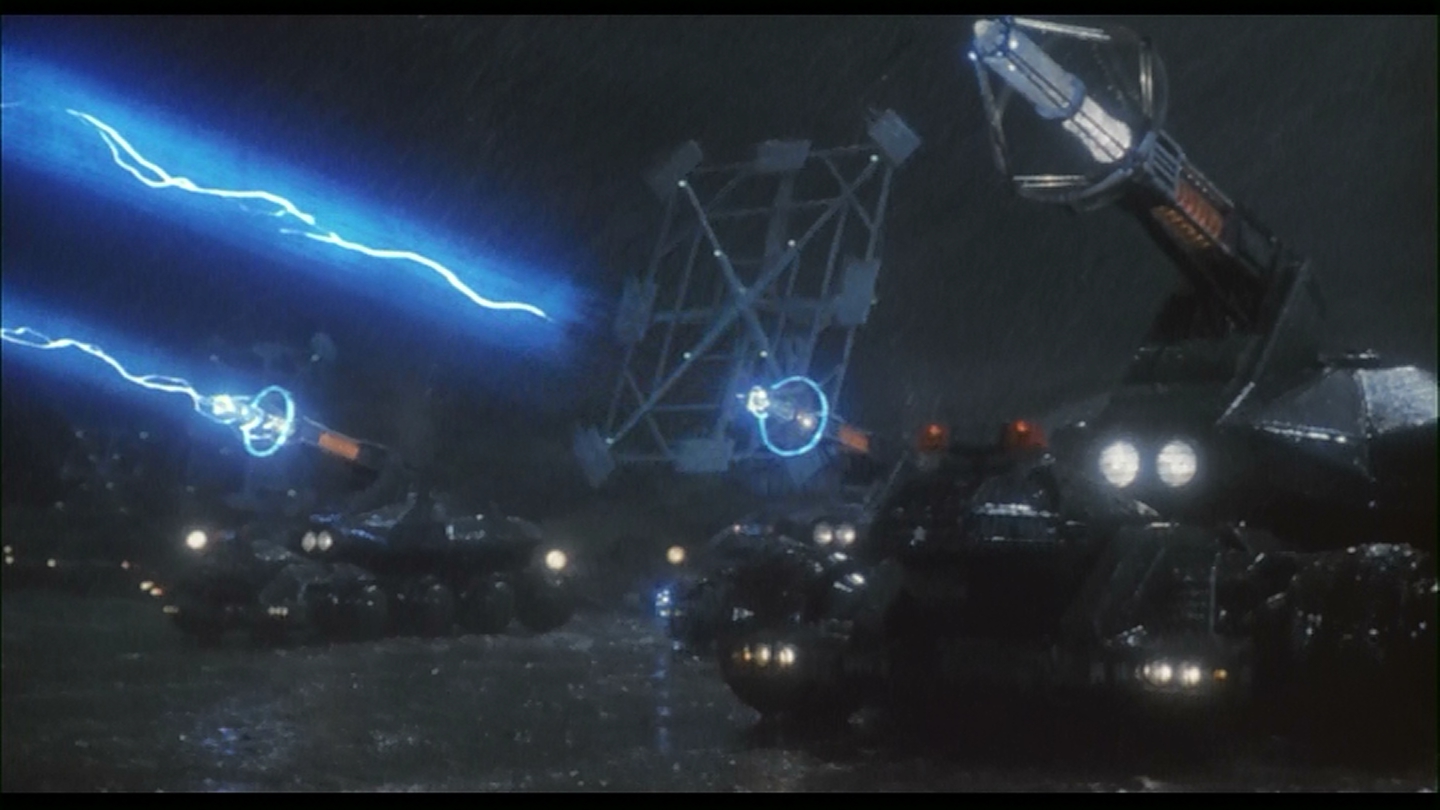
In the midst of this, the final form of Biollante appears, a monstrous plant/Godzilla hybrid with dozens of fang-mouthed vines. I think Biollante is the largest of Godzilla's adversaries, towering over the Big Guy.
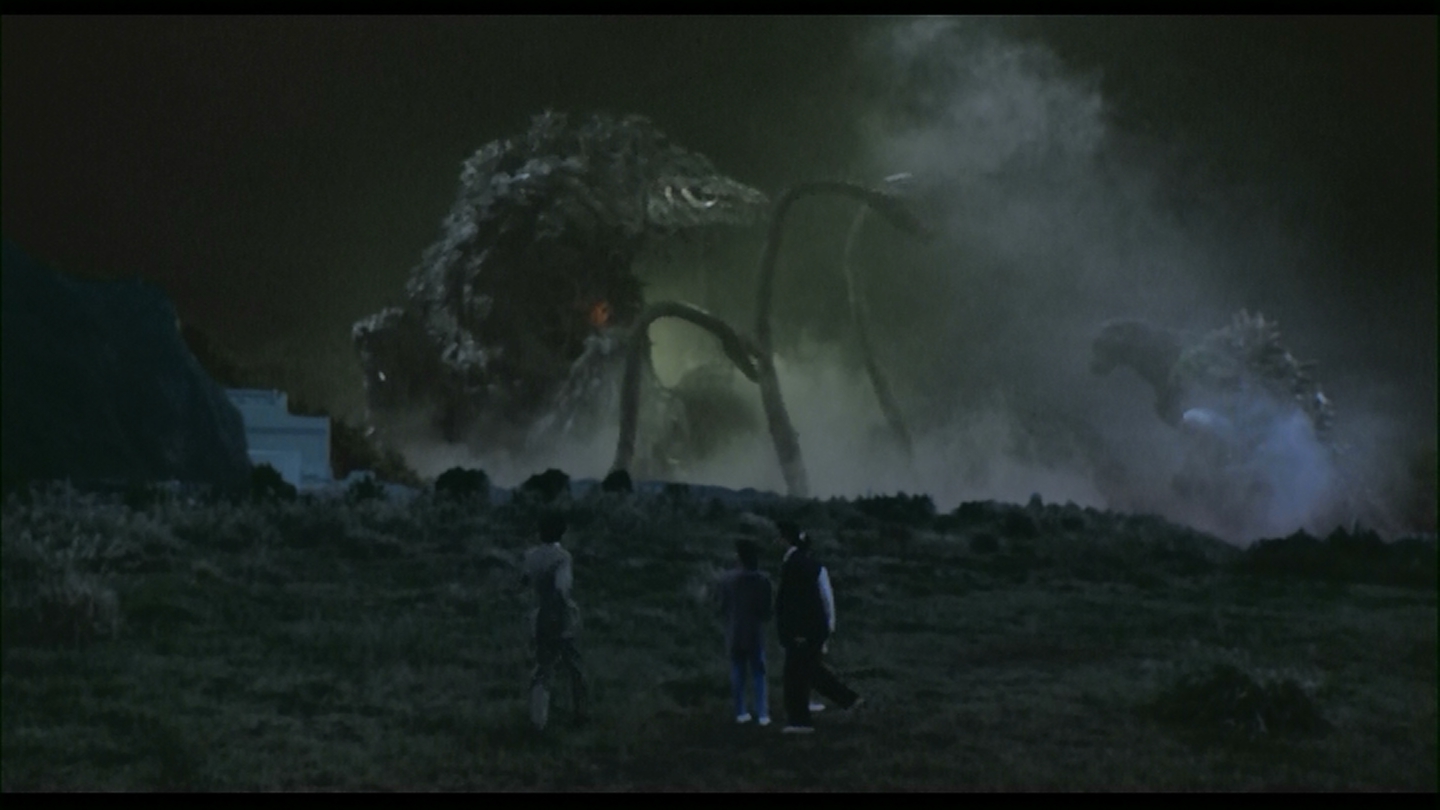
Godzilla demonstrates a new power in the fight against Biollante. It seems to swallow its heat ray, and sends out a pulse that clears everything off its skin. It's a good new power, and one that is used about once a film for the rest of the Hisei series. It's more plausible than the magnetic power displayed in Godzilla vs Mechagodzilla.
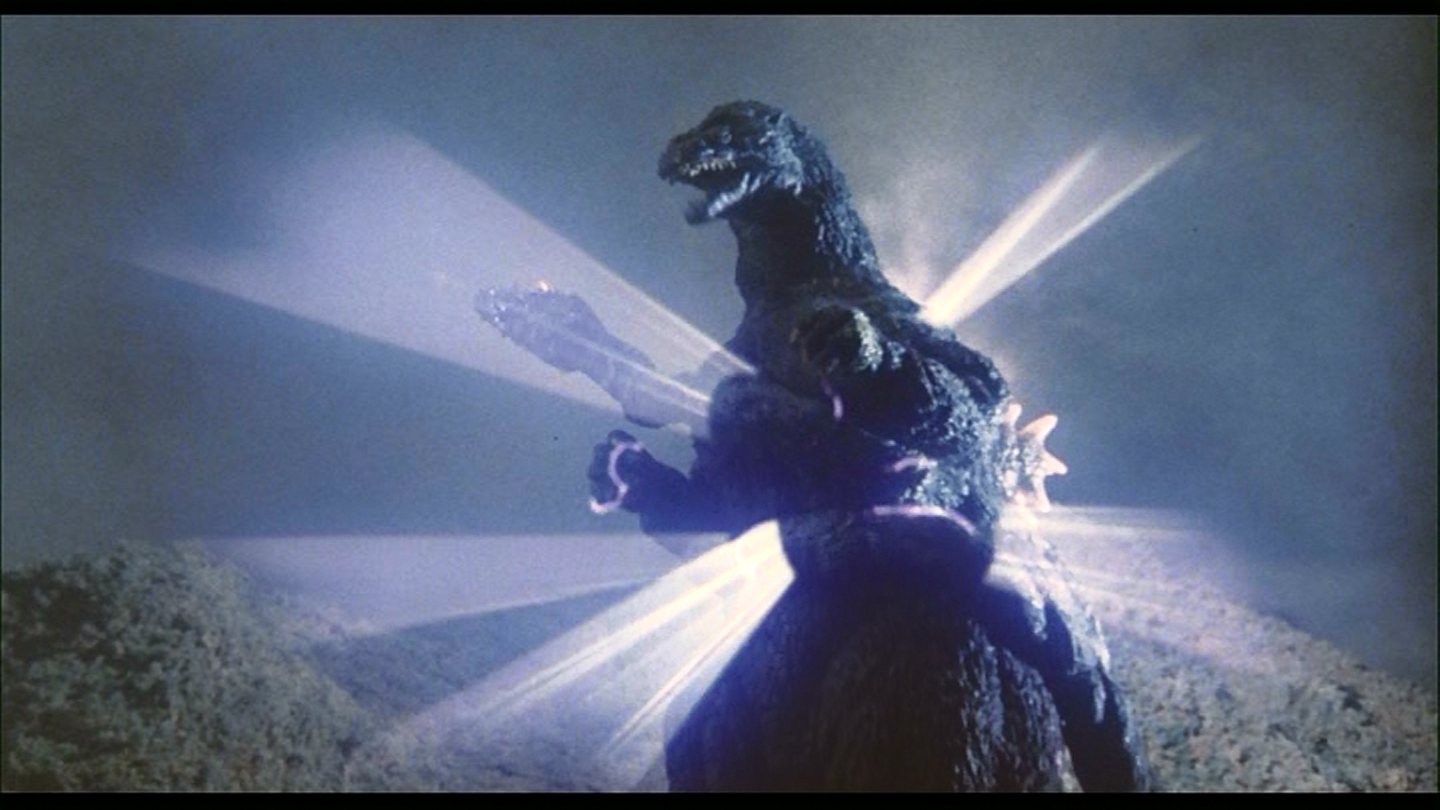
The fight is short but intense. It ends when Godzilla, overheated, stumbles away, and faceplants in the ocean. Biollante, essentially a benevolent monster, turns into a golden mist and ascends to the sky.
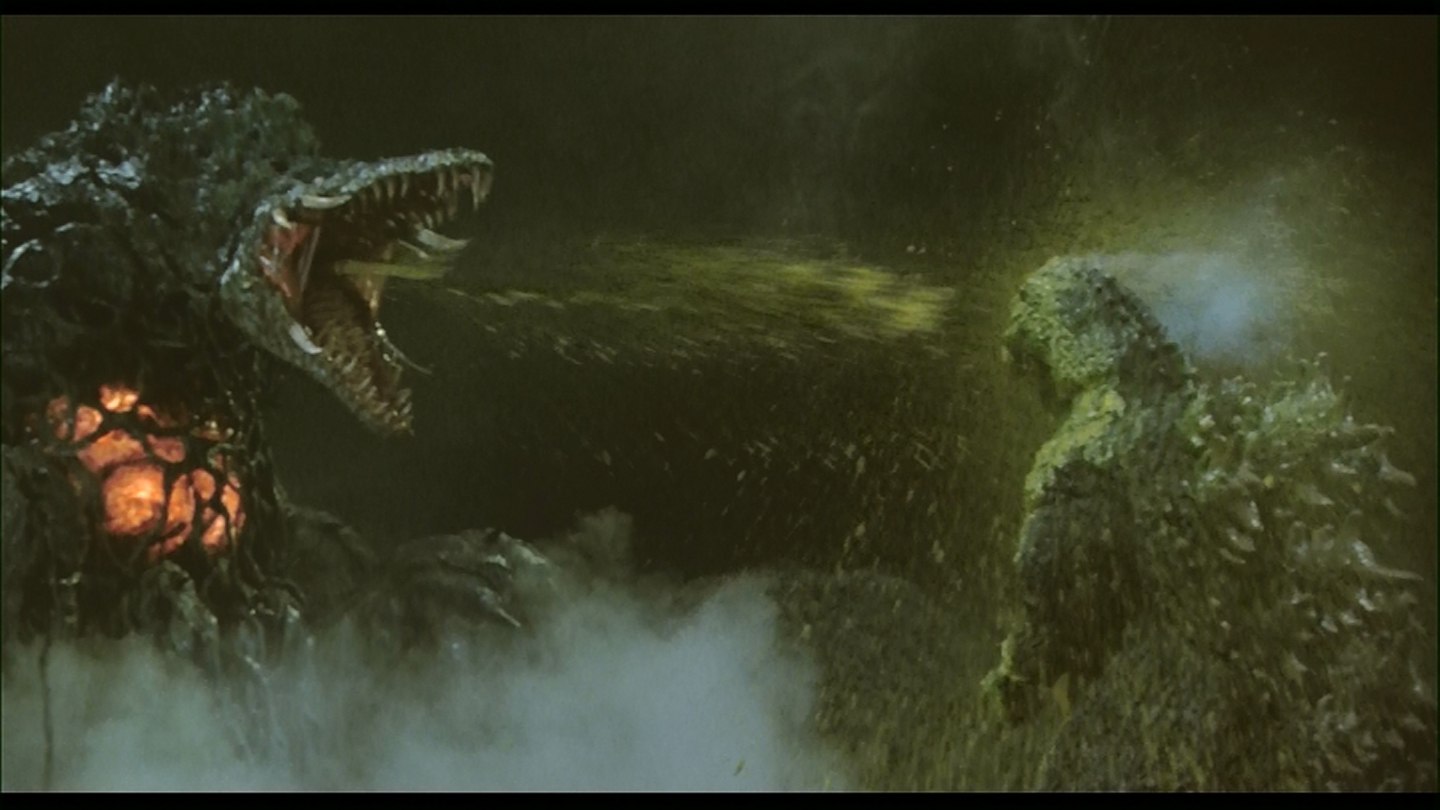
The human drama comes to a close as Dr. Shiragami is assassinated by the Agent. Like Serizawa from the original Godzilla, he takes the secrets of his research to the grave. Godzilla then wakens and returns to the sea, apparently no longer interested in trashing Japan.
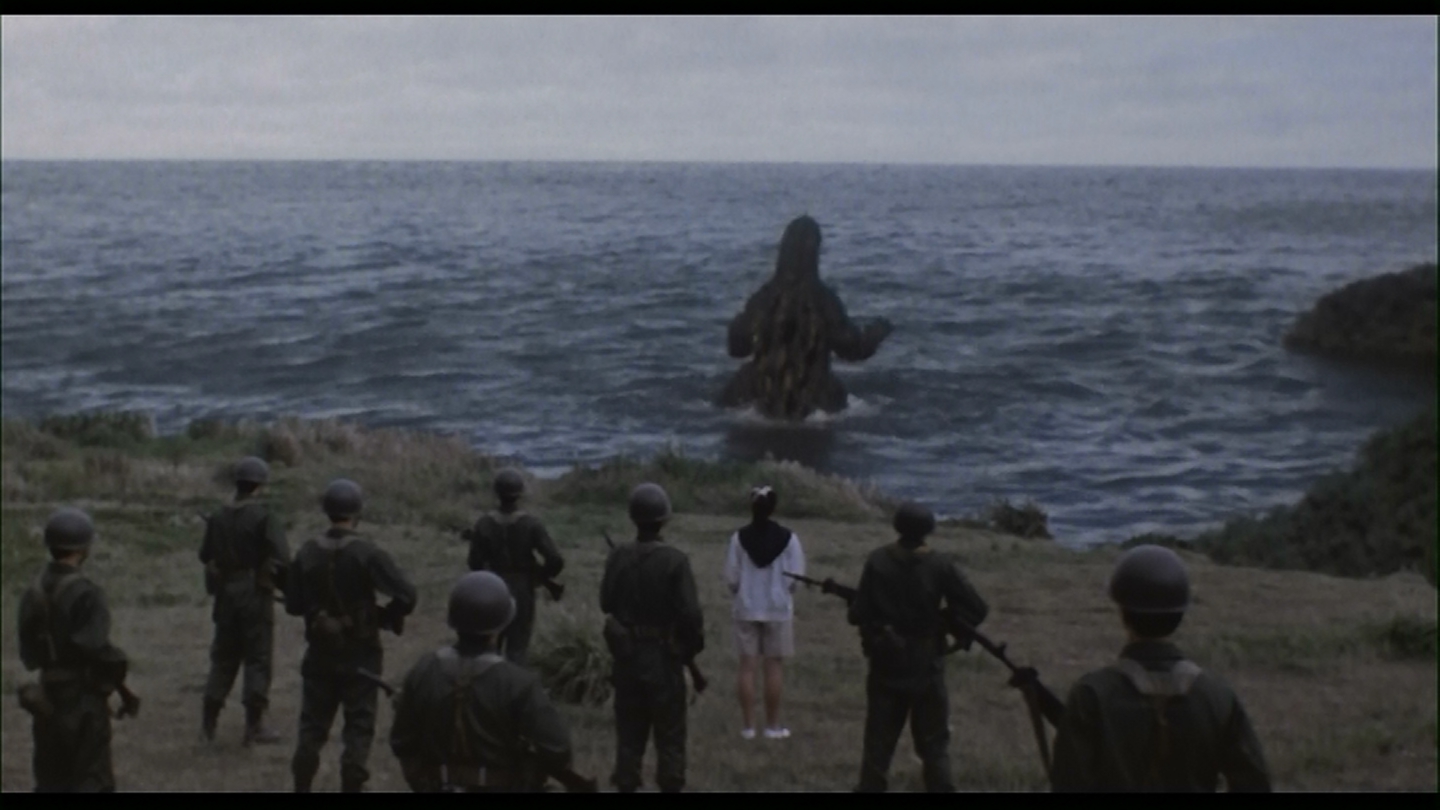
What's refreshing about Godzilla vs Biollante is the complexity of the plot. There's a lot going on, and many characters with their own agendas. Certainly the script and direction label many individuals as evil, especially those that run countries or large corporations, but tightly intertwined nature of the complex narrative is unlike the often-flabby human stories in many previous Godzilla films. And overall, the dynamic nature of the monster fights combined with the strange nature of Biollante makes wacthing this film a pleasure. The film did not do well at the Japanese box office, leading Toho to believe that the unfamiliarity of Biollante was the reason. The next three Godzilla films would feature familiar foes from the Showa era.
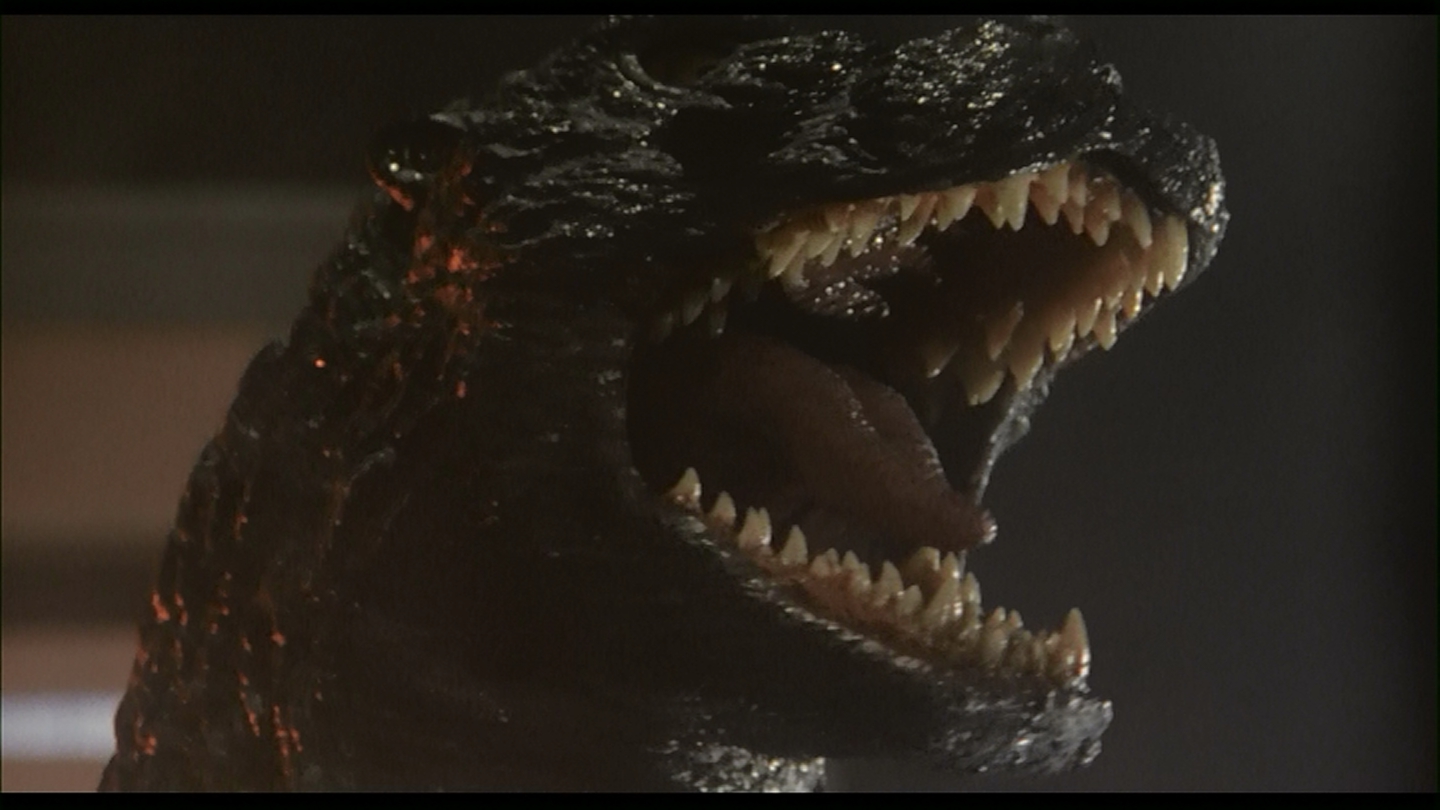
Next up, the Godzilla film with the most famous metatext. Godzilla vs King Ghidorah
No comments:
Post a Comment